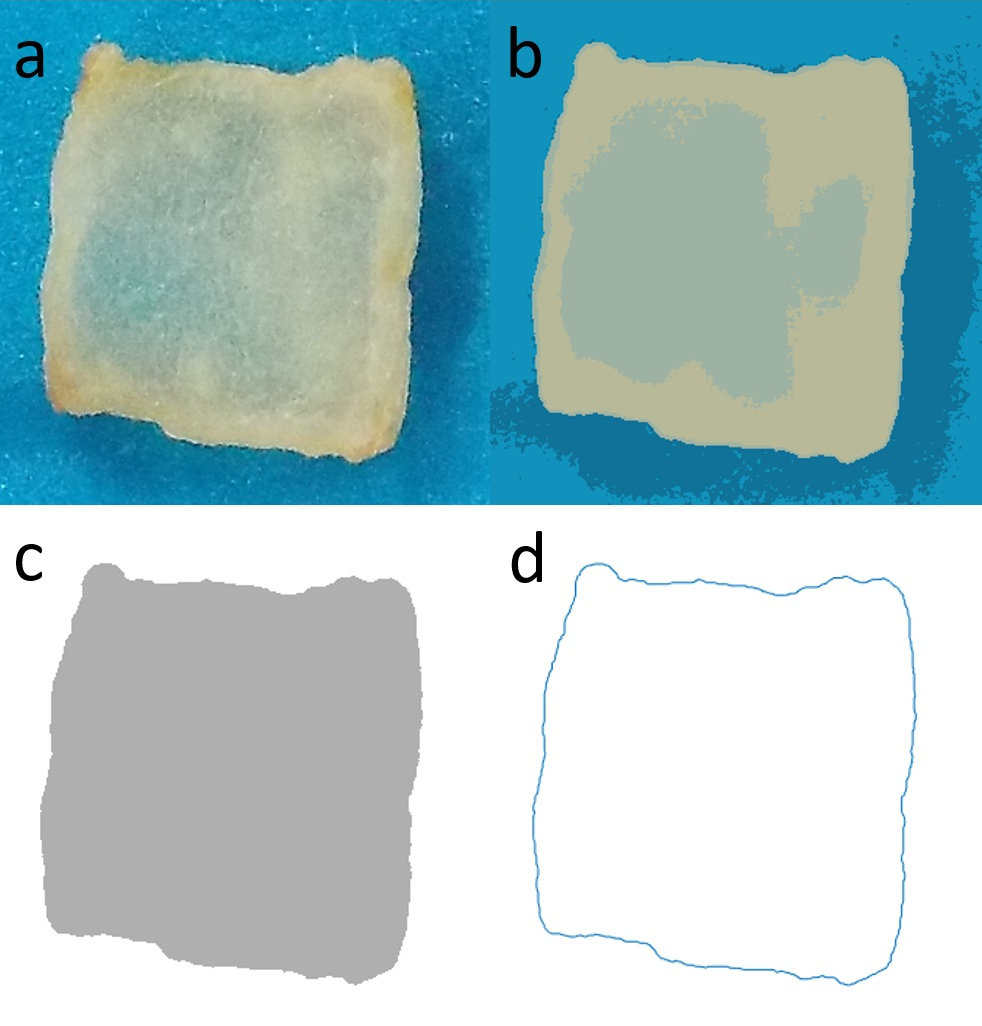 |
|
The effect of different modeling assumptions on the estimated water diffusivities and kinetic parameters for oil transfer during deep-fat frying of foods is investigated. Modeling assumptions include the use of several common concentration units (including the water or oil mass per weight or volume of food or per weight of non-defatted or fat-free solids) to express water loss and oil absorption, leading to implicit simplifications such as constant density, constant concentration of fat-free solids or constant concentration of non-defatted solids. The proposed model was used to analyze frying experiments conducted with potato strips (9.5 mm x 9.5 mm x 80 mm) at different temperatures (160, 175, and 190 °C), where product shrinkage was followed via image analysis. The proposed model was solved under two-dimensional mass transfer and water diffusivities were estimated by the method of slopes, with and without considering the dimensional changes of the product. Mean water diffusivities were calculated in the range of 0.89 x10-8 to 4.86 x 10-8 m2/s for the different concentration units. How water and oil contents are expressed during frying (i.e., the concentration basis) and dimensional changes of the product have a significant effect on the estimation of water diffusivity and its severity depending on the concentration units and estimation method chosen.
Keywords: Fickian diffusion, Image processing, Shape index.
|
|
 |

